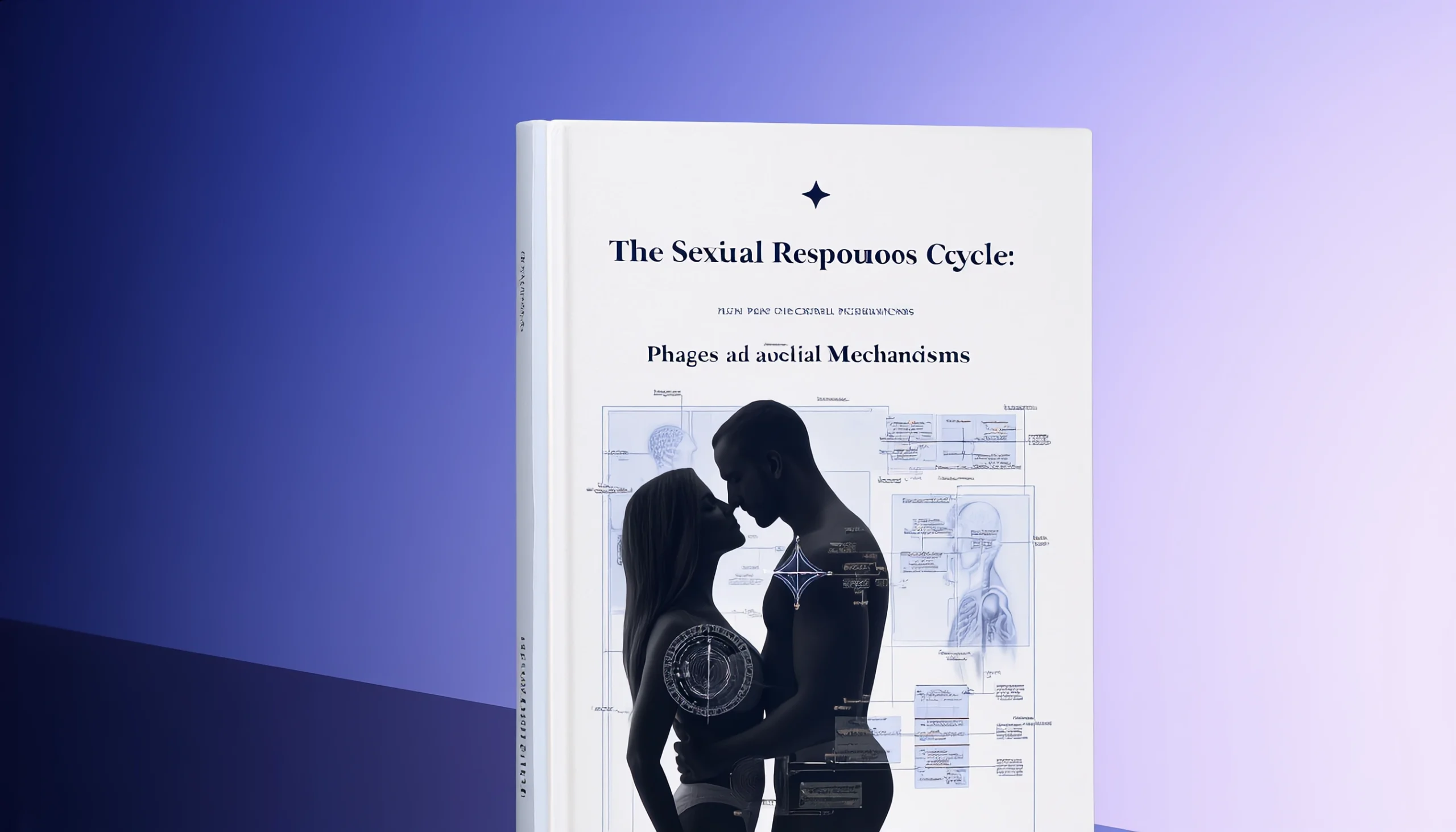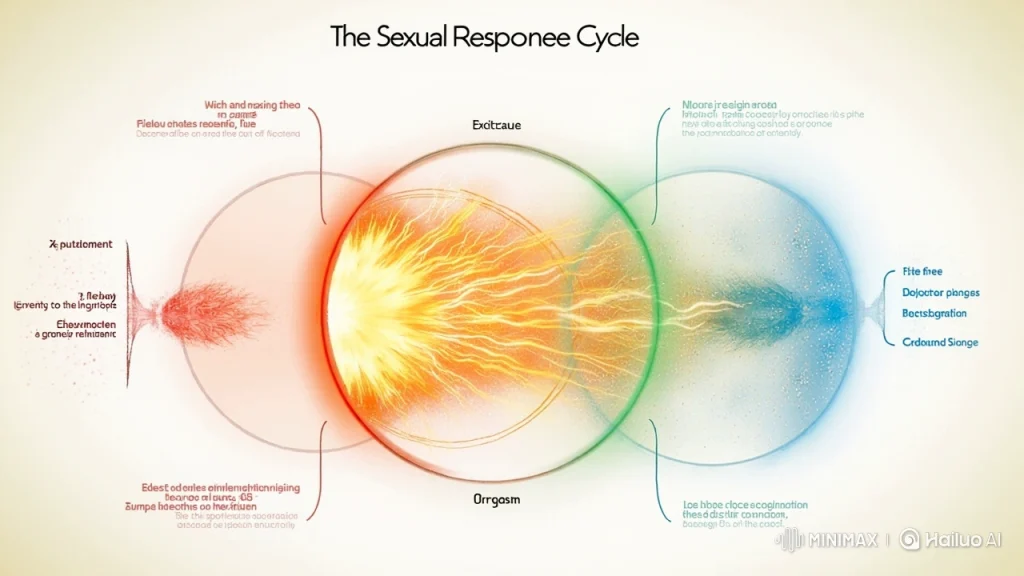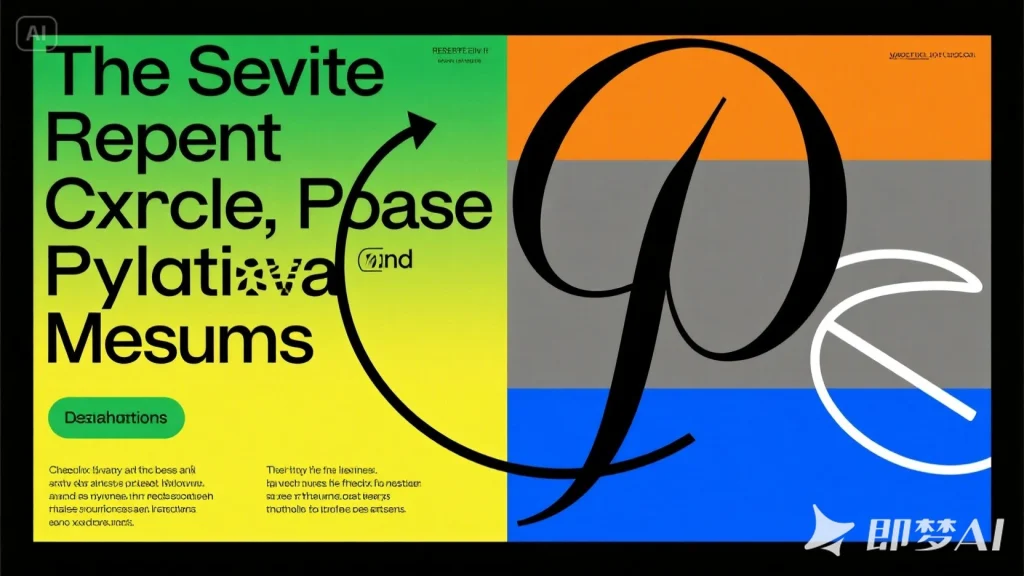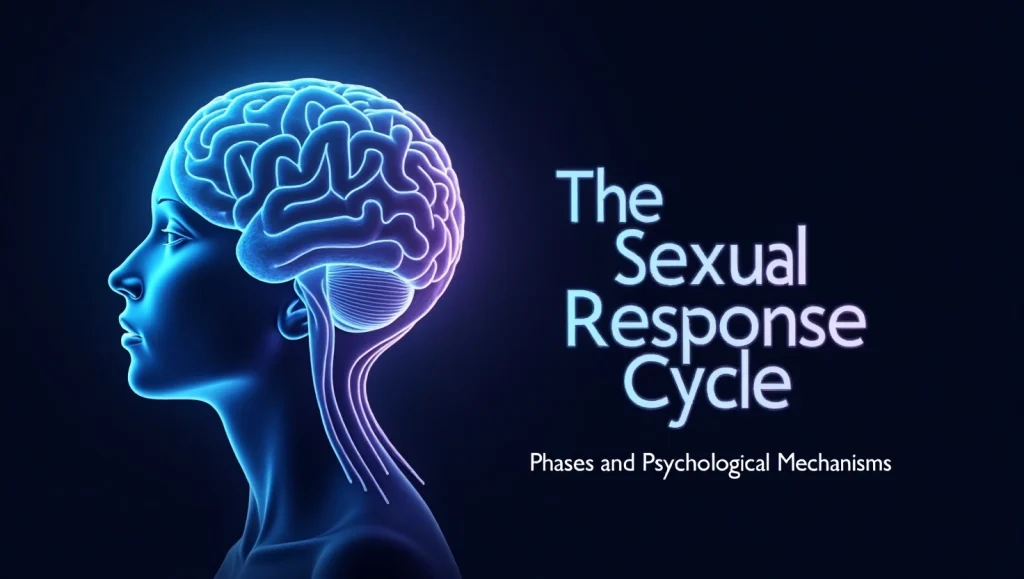Physical Address
304 North Cardinal St.
Dorchester Center, MA 02124
Physical Address
304 North Cardinal St.
Dorchester Center, MA 02124

Sexuality is a fundamental aspect of human nature, and understanding the sexual response cycle can enhance our knowledge of our own bodies and our sexual experiences. The sexual response cycle describes the physical and emotional changes that occur during sexual activity, and it consists of four main phases: desire, arousal, orgasm, and resolution. In this article, we will explore each phase of the sexual response cycle in detail and discuss the psychological mechanisms that underlie them.

Desire, also known as libido, is the initial phase of the sexual response cycle. It is characterized by a psychological and emotional longing for sexual activity. During this phase, individuals may experience thoughts, fantasies, or attractions that lead to the desire for sexual contact. The desire phase can be triggered by a variety of factors, including physical attractiveness, emotional connection, hormonal changes, and environmental cues.
Psychologically, desire is influenced by a complex interplay of biological, psychological, and social factors. Hormones such as testosterone play a crucial role in sexual desire in both men and women. Testosterone levels can fluctuate throughout the day and are influenced by factors such as age, stress, and overall health. In addition to hormones, psychological factors such as mood, self-esteem, and relationship satisfaction can also impact sexual desire. For example, individuals who are feeling stressed, depressed, or anxious may experience a decrease in sexual desire, while those who are in a happy and fulfilling relationship may have a higher libido.
Societal and cultural factors also play a significant role in shaping sexual desire. Different cultures have different attitudes towards sex, and these attitudes can influence an individual’s perception of their own sexual desires. For example, in some cultures, sexual desire may be seen as something to be suppressed or controlled, while in others, it may be more openly accepted and celebrated. Additionally, media and advertising can also have an impact on sexual desire by presenting idealized images of sexuality and promoting certain sexual behaviors.

Arousal is the second phase of the sexual response cycle and is characterized by physical changes in the body in response to sexual stimulation. During this phase, blood flow to the genital area increases, leading to swelling and engorgement of the genitals. In men, this results in an erection of the penis, while in women, it causes the clitoris to become erect and the vaginal walls to lubricate. Other physical changes that may occur during arousal include increased heart rate, breathing rate, and blood pressure, as well as nipple erection and skin flushing.
Psychologically, arousal is associated with feelings of excitement, anticipation, and pleasure. As the body becomes physically aroused, the brain releases neurotransmitters such as dopamine and norepinephrine, which are associated with feelings of reward and motivation. These neurotransmitters can enhance the sense of pleasure and desire, leading to a more intense sexual experience. In addition to the release of neurotransmitters, psychological factors such as sexual fantasies, thoughts, and emotions can also contribute to arousal. For example, an individual may become aroused by thinking about a sexual encounter with their partner or by engaging in sexual role-playing.
Arousal can be triggered by a variety of stimuli, including physical touch, visual stimuli, auditory stimuli, and olfactory stimuli. Different individuals may respond to different types of stimuli, and what may be arousing for one person may not be for another. For example, some individuals may be more visually stimulated, while others may be more responsive to physical touch or verbal cues. Understanding one’s own preferences and what triggers arousal can enhance sexual experiences and communication with partners.
Orgasm is the peak of the sexual response cycle and is characterized by intense physical and emotional pleasure. It is a brief but highly intense experience that involves involuntary muscle contractions in the pelvic area. In men, orgasm is typically accompanied by ejaculation, which is the release of semen from the penis. In women, orgasm may be accompanied by contractions of the vaginal muscles and the release of a small amount of fluid.
Psychologically, orgasm is associated with a sense of intense pleasure, relaxation, and a temporary loss of inhibition. During orgasm, the brain releases a flood of neurotransmitters, including dopamine, oxytocin, and endorphins. Dopamine is associated with feelings of reward and pleasure, while oxytocin is often referred to as the “love hormone” and is associated with feelings of bonding and intimacy. Endorphins are natural painkillers that can produce a sense of euphoria and well-being. The release of these neurotransmitters during orgasm can contribute to the intense pleasure and emotional satisfaction that is associated with this phase of the sexual response cycle.
Orgasm can be a highly individual experience, and the intensity and duration of orgasm can vary from person to person. Some individuals may experience multiple orgasms, while others may only experience one. Additionally, the ability to achieve orgasm can be influenced by a variety of factors, including physical health, psychological well-being, and sexual experience. For example, individuals who are experiencing stress, anxiety, or relationship problems may have difficulty achieving orgasm, while those who are in a relaxed and comfortable state may find it easier.
Resolution is the final phase of the sexual response cycle and is characterized by the body’s return to its pre-aroused state. During this phase, the physical changes that occurred during arousal and orgasm gradually subside. The blood flow to the genital area decreases, and the genitals return to their normal size and shape. The heart rate, breathing rate, and blood pressure also return to normal, and the body begins to relax.
Psychologically, resolution is often associated with feelings of relaxation, contentment, and a sense of emotional closeness with one’s partner. After orgasm, the release of oxytocin can contribute to feelings of bonding and intimacy, and many individuals may feel a strong connection with their partner during this phase. In addition to the emotional aspects, resolution also provides an opportunity for the body to rest and recover before engaging in further sexual activity.
In men, resolution is typically followed by a refractory period, during which the body is unable to achieve another orgasm. The length of the refractory period can vary from person to person and can be influenced by factors such as age, overall health, and sexual activity. In women, the refractory period is generally much shorter or may not exist at all, allowing for the possibility of multiple orgasms in a relatively short period of time.

The sexual response cycle is not only a physical process but also a psychological one. The psychological mechanisms that underlie the sexual response cycle are complex and involve a variety of factors, including hormones, neurotransmitters, emotions, and cognitive processes.
Hormones play a crucial role in regulating the sexual response cycle. Testosterone, as mentioned earlier, is an important hormone for sexual desire in both men and women. Estrogen and progesterone, which are primarily female hormones, also play a role in sexual function, particularly in women. These hormones can influence the development and maintenance of sexual organs, as well as the regulation of sexual desire and arousal.

Neurotransmitters are chemical messengers in the brain that play a key role in the sexual response cycle. Dopamine, as previously discussed, is associated with feelings of reward and pleasure and is released during arousal and orgasm. Norepinephrine, another neurotransmitter, is involved in the body’s fight-or-flight response and can also contribute to sexual arousal. Serotonin, on the other hand, is a neurotransmitter that is often associated with mood regulation and can have an inhibitory effect on sexual function. Imbalances in these neurotransmitters can lead to sexual dysfunction, such as low libido or difficulty achieving orgasm.
Emotions also play a significant role in the sexual response cycle. Feelings of love, trust, and intimacy can enhance sexual desire and arousal, while negative emotions such as stress, anxiety, and depression can have a negative impact on sexual function. Additionally, emotions can influence the way individuals perceive and respond to sexual stimuli. For example, an individual who is feeling anxious or self-conscious may be less likely to be aroused by sexual stimuli, while someone who is feeling confident and comfortable may be more responsive.
Cognitive processes, such as thoughts, beliefs, and attitudes, can also influence the sexual response cycle. Negative thoughts and beliefs about sex, such as feelings of guilt or shame, can inhibit sexual desire and arousal. On the other hand, positive thoughts and beliefs, such as a healthy attitude towards sexuality and a willingness to explore one’s own desires, can enhance sexual experiences. Additionally, cognitive processes can influence the way individuals communicate with their partners about sex, which is essential for a healthy and satisfying sexual relationship.

The sexual response cycle is a complex and fascinating process that involves both physical and psychological changes. Understanding the different phases of the sexual response cycle and the psychological mechanisms that underlie them can enhance our knowledge of our own bodies and our sexual experiences. By being aware of the factors that can influence sexual desire, arousal, orgasm, and resolution, individuals can take steps to improve their sexual health and well-being. Additionally, open and honest communication with partners about sexual preferences, desires, and concerns is essential for a healthy and fulfilling sexual relationship. Remember, everyone’s sexual response cycle is unique, and it’s important to respect and explore one’s own sexuality in a safe and consensual manner.